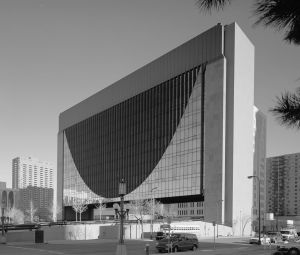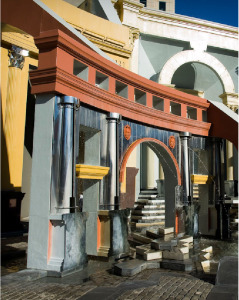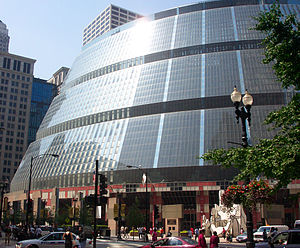
Quebec
Quebec City is a beautiful, fascinating place. It is a place like no other North American city. Walking on the streets immediately transports you to a French provincial, charming town. Its’ citizens and language are French. Its’ foundations are literally built on the historic fortification walls. And as a result of the physical evidence of the historic urban fabric, Quebec City has become a World Heritage Site, the first in North America.
Strolling through Quebec City creates a direct experience with the history of the city, the region, and, in fact, the world because Quebec City was the debarkation and trade center for both England and France and the capital of a vast fur and trading region stretching west of the Mississippi River. To experience Quebec City is to experience urban history through the built environment, the streets, buildings, parks, and natural features. It is seemingly impossible to convey the connectivity of modern Quebec City to the historic events and people without the physical examples from its past.

Marquette Plaza (historic photograph)
The city’s character, like the character of many cities, resulted directly from advocacy for retaining historic places. Advocacy often begins with a few individuals thinking and acting against conventional wisdom. Or more appropriately, postulating positions and thoughts about preserving cultural aspects of the built environment long before the majority believe the places embody history.
It is not that the individual is smarter, or more prescience than the majority in determining the necessity of advocacy. But perhaps the urban environment has triggered an experience that resonates as a connection with the community. That moving through the built environment creates an evidence of knowledge within the individual, or group, causing a desire to offer the same opportunity for others in far future generations to experience the same connection to community.

Piazza d’Italia
So as a firm with a practice centered on design, science, and preservation, PMA has a profound interest in the built environment. In specific, an interest in preserving existing places for future generations. Advocacy is a natural outcome of our practice and we view advocacy as enabling future generations an opportunity to experience current urban places as significant cultural resources.
Buildings go through cycles of use, maintenance, and age. The first 30 years may be characterized as the new, adoration cycle. From 30 – 60 years old is the cycle of danger for buildings when use has caused wear, and system have reached the end of their life cycle, and age is not deemed old enough to be historic. The cycle after 60 years old is the celebratory cycle when dedication anniversaries are highlighted and resources are again invested.

James R. Thompson Center
It is the cycle of danger that is dependent upon advocacy. When the built environment has lost the luster of new, and the connection with community has waned, and when older generations cannot convey historic character to newer buildings, and the younger generation has not yet been taught the recent past; advocacy is needed to initiate the discourse and once again create the evidence of knowledge connecting buildings and urban fabric, building the character of our collective places. Whether as an individual, a group, or under the leadership of PMA, advocacy is critical to urban places, necessary for human existence, and crucial to healthy dialogues about the future of our cities.
Written by Peter Meijer, AIA, NCARB, Principal.




